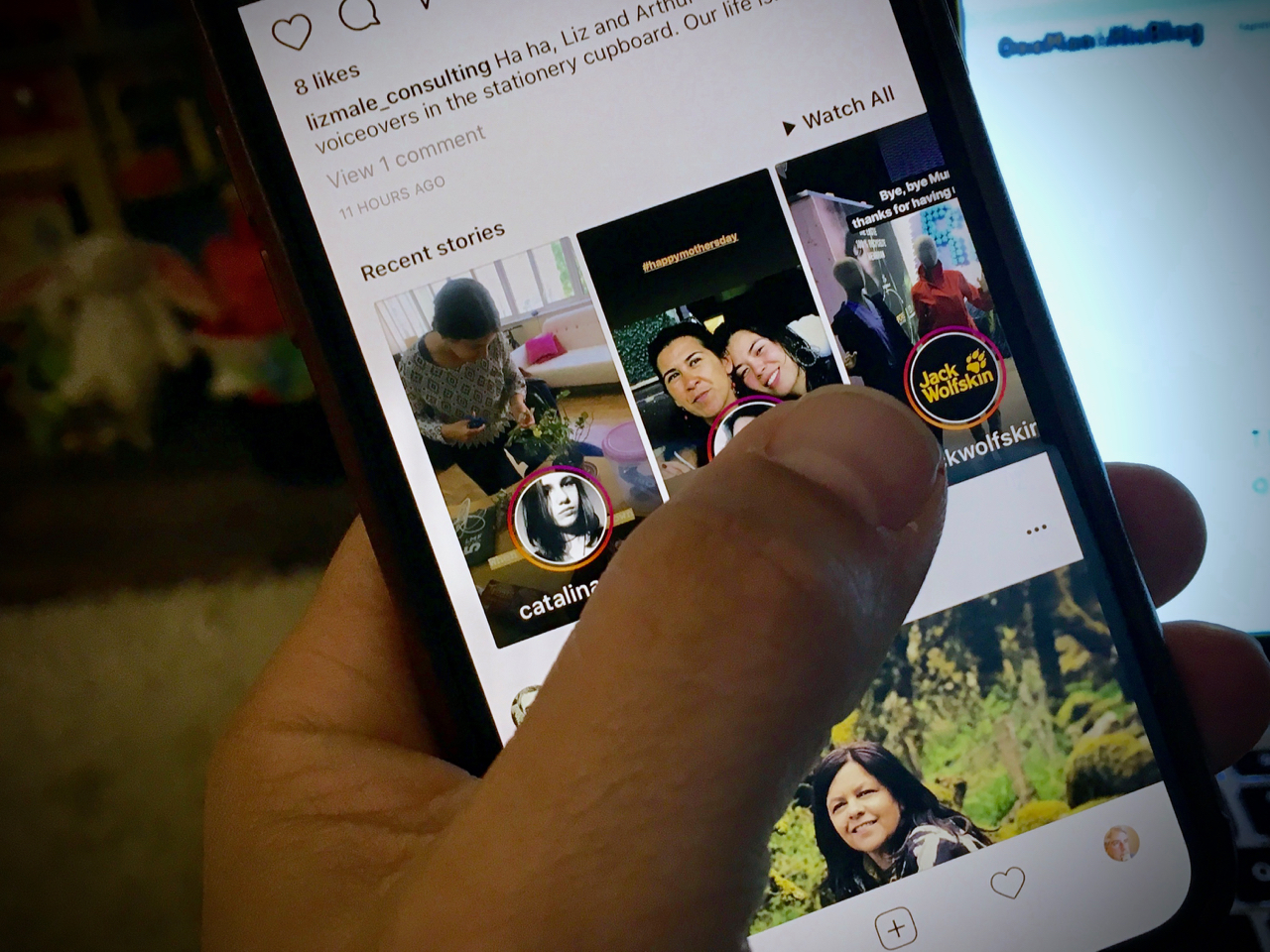LeWeb: Forget watches, the future is a mesh of smart wearables
What happens when the smartphone explodes into a cloud of sensors and devices, that surround us in our home, our cars and our lives? These are two visions for that future, from the Wearables session at LeWeb 2014:
JP Gownder: the reality of wearables

Nothing is more urgent than a giant, venomous snake, says analyst JP Gownder. Take a construction job to the Australian outback – and realise that a snake that kills 80% of those it bites lives there. The health and welfare of workers in the Outback is an urgent, urgent need. Thiess faces this all the time – and has seen the snakes getting more aggressive. So they’re using healthcare wearables to track their workers at all times. If something goes wrong – they can intervene in realtime.
- People want wearables. Only 10% of US people and 4% of Europeans use activity trackers. This is just a market in its early stages, 40% of the US and 21% of Europe are “intrigued” by them, and people who are constantly pulling their phones out are arch-candidates for wearables. In fact, consumers are interested in wearables in all sorts of body locations. Shoes, earbuds and glasses are all areas of interest. And interest is going up year on year. They’ve blogged about people’s desire for wearables.
- Businesses want them even more – because they can provide tangible return on investment. 52% of business leaders say that wearables will be of moderate importance or up in 2015. Japan Airlines are using Google Glass to photograph airplane maintenance issues from the tarmac and send them to experts in real time.
- Companies will create new business models with wearables. Virgin Atlantic is using Google Glass in its Upper Class Lounge to provide customers with information quickly and efficiently when they ask for it. Nivea is helping parents track children at the beach, and Barclaycard is creating wearables that allow you to pay for small transactions.
- Wearables will be ubiquitous: they’ll be on us, in our shoes, on our pets and kids – and even inside us, with medical devices passing through our system.
- Services for the all-body network: the wearable devices will talk to each other. Will Apple integrate Siri with Beats headphones as well as your phone and watch? Most devices launched in the next few years will fail – because we’re in a period of experimentation. But all the big companies are interested, see the opportunity and are approaching it in their own way.
Companies will use these technologies to forge closer relationships with their customers. Think of the Disney magic band, you use for rides in their theme parks. Imagine those bands with biometric sensors telling the customers state – how happy, sad, excited, or ready to buy they are…
David Rose: creating enchanted objects

Wearables is a really awkward term, suggests David Rose. It’s been called ubiquitous computing, and ubicom – but he’d rather we call it enchanted objects. Frodo’s sword – Sting – glows when orcs are nearby. It anticipates its use. The Ambient Umbrella glows when it’s about to rain – anticipating its use. It’s a leap from a fairytale object into a real one. These are things we long for, and which should inspire us.
You can organise connected object by aspirations: to be all-knowing, for example. Think of looking glasses, or crystal balls. He replicated that with the ambient ball 10 years ago, which summarised information as colours. Safekeeping is another variation – for example, people have little idea how they are doing against a budget – so they put a hinge in a wallet that gets stiffer as you approach your limit.
Ditto aims to open the black box of photos shared on social media. They’re running multiple instances in Amazon’s cloud, looking for brands and recognisable fabric being shared on social media. Listening through photos is one of the big next things.
Sign up for e-mail updates
Join the newsletter to receive the latest posts in your inbox.










